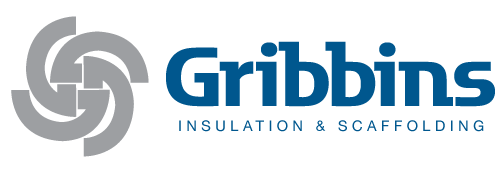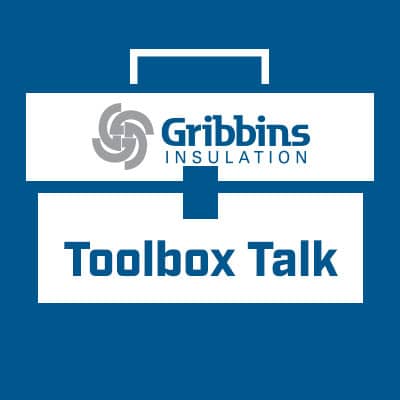Toolbox Talk – Musculoskeletal disorders (MSDs) — Controls WE 06/10/2022
Identify Controls
Here are some examples of what you can do to reduce or prevent MSDs. Manual handling of tools and materials
- Plan ahead to minimize material handling.
- Use carts, dollies, hoists, or other mechanical handling devices.
- Use ladder hoists, gin poles, daisy chains, or cranes to move materials on or off roofs.
- Use chain falls, motorized buggies, carrying handles, or extension handles for carrying large or awkward materials such as drywall.
- Break loads into smaller units. For instance, put cement in bags weighing less than 50 lb.
- Exercise and stretch before starting work.
- Get another person to help you lift heavy objects or awkward loads.
- Use proper lifting techniques. Lift with your legs, do not bend over and lift with your back, and keep the load close to your body.
Work at ground or floor level
- Use tables, benches, or stands to bring work to waist height.
- Store materials at waist height.
- Change positions (e.g., sit, stoop, or kneel with kneepads).
Overhead work
- Use drywall lifts, materials lifts, duct jacks, scissors lifts, and extension poles or stands for tools when doing overhead work.
- Make use of adjustable scaffolds, aerial work platforms, or other work platforms to decrease awkward postures.
Kneeling
- Use high-quality kneepads.
- Wear pants with kneepad pockets.
- Take short rest and stretch breaks.
- Kneel on pad, such as rubber insulation.
Hand tools
- Use handles that are more comfortable and give you a better grip.
- Select hand tools that are designed for a neutral wrist posture and that reduce the amount of force required.
- Use tools that are low torque, low kickback, and lightweight.
- Maintain your power tools regularly so that they run with low vibration.
- Use vibration-absorbing padding on grips and handles.


